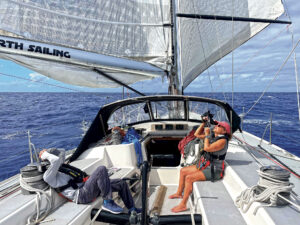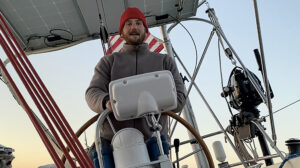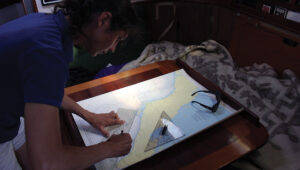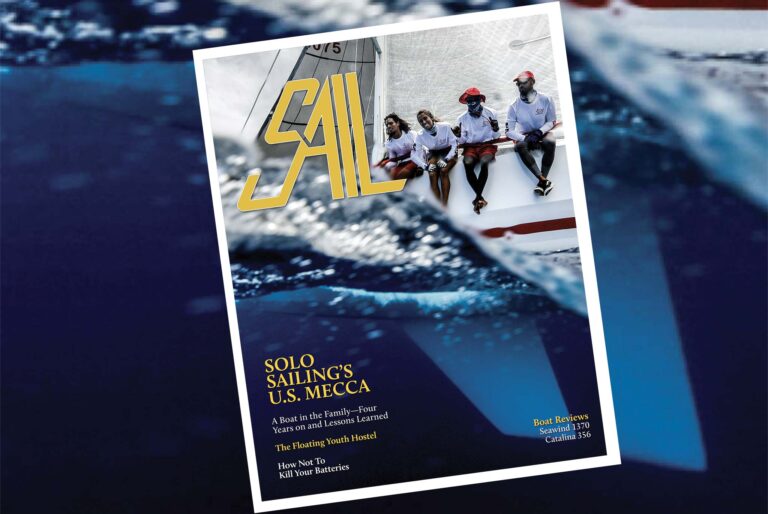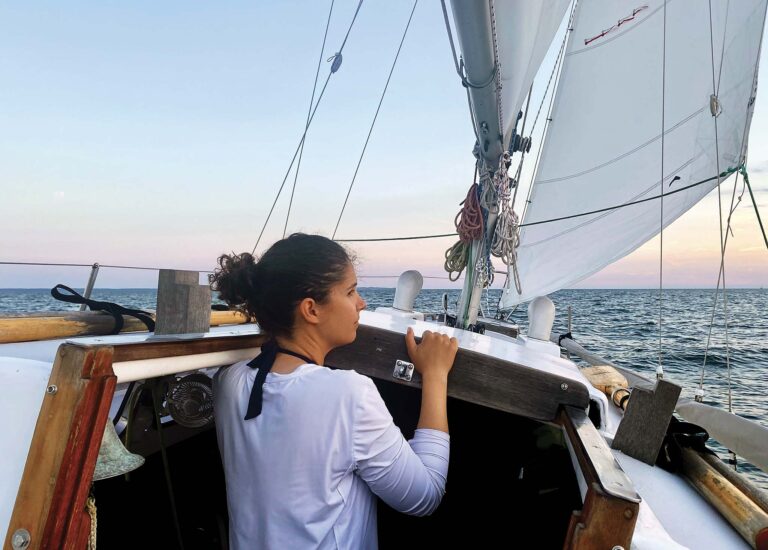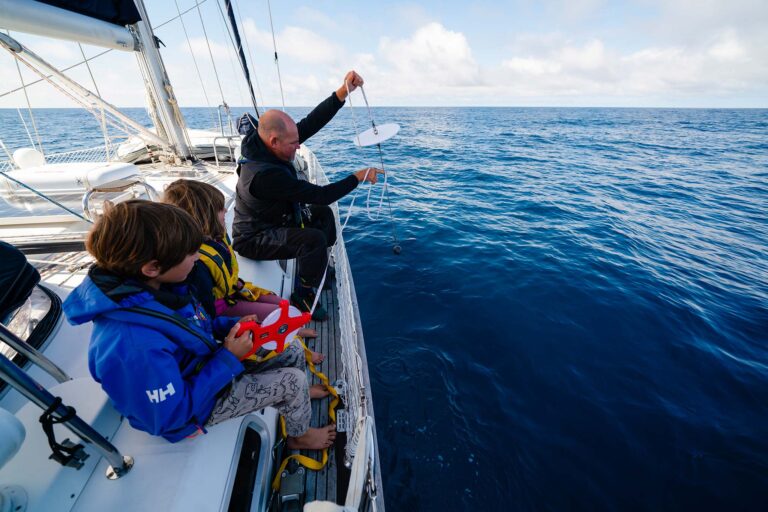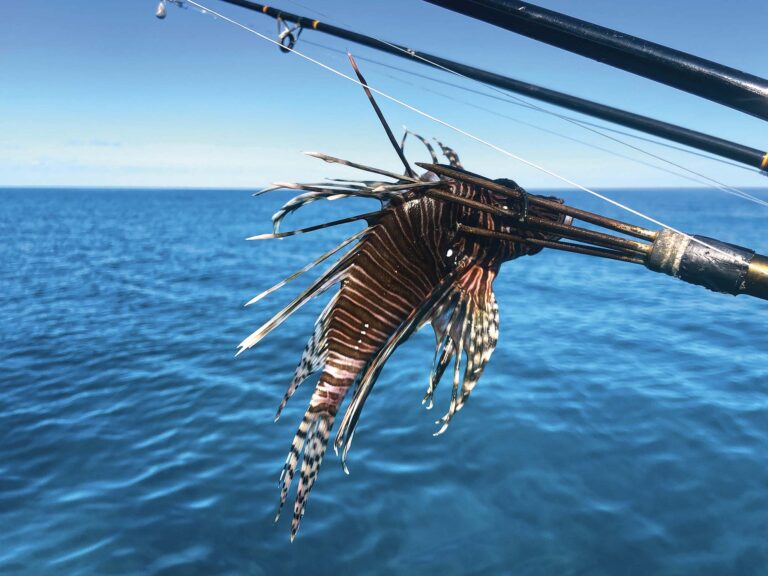
One of the biggest dilemmas new cruisers face when leaving the dock is deciding what items make the final cut and come aboard the boat. When it comes to items like musical instruments, personal electronics and recreational equipment, we all have our own preferences.
My wife, Tara, and I are both avid cyclists. We like to ride long distances on our road bikes and enjoy cycling together as a couple. We knew cycling would allow us to explore, and if nothing else, we could use the bikes to provision. But could we store two full-size road bikes on our 38ft 1965 Pearson Invicta?

Many cruisers told us to forget the bikes—they would take up too much space, would not be used and would corrode. But we weren’t about it give up cycling and were determined to bring the bikes with us.
We briefly considered folding bikes, but they are simply not made for comfortable long-distance riding with their wheel diameters and frame sizes. The good ones are also very expensive, and we already owned two high-end Cannondale road bicycles, which were sized for us and are very light. Unfortunately, these two fully assembled bikes would not fit in our lockers and keeping them on deck was not an option. For one thing, they would be exposed to the salt spray and air. An even bigger concern was safety—lines could become entangled on them, or they would be a tripping hazard in rough seas. We would have to break the bikes down in order to stow them out of the way.
In search of a solution I consulted some cyclist friends who travel frequently to various international bike races, and they told us how they dissemble and store their bikes in bike bags. Finally, our plan was hatched!
There are two types of storage bags for bikes: hard shell and soft. The hard shelled bags would not fit in any of our lockers. However, the soft bags were easier to fit into our cockpit lockers and were fairly reasonably priced at $80 each.
The wheels, handlebars, pedals and seats easily come off our bikes to fit in the bag. Unfortunately, as the time arrived to pack away the bikes, my road bike was harder to break down than planned. The end result was my commuter bike came with us; it was a little heavier but would still fit in the bag.
The additional piece of equipment that came on the boat with the bicycles is our Park Tools folding bike stand. The stand makes it much easier to break down or assemble a bike, so that it can be done in around 10 to 15 minutes. When the bikes are being stowed away, I make sure the derailleurs and brakes are sprayed with WD-40 to keep moisture away. And when I am putting them back together, I lube the chain (with dry lube that is less messier then wet lube), derailleurs and brakes.

The breakdown process is as follows:
- Remove the front wheels and the skewers
- Attach bike frame to the bike stand
- Remove the back wheel, pedals, seat and seat post
- Loosen handlebars and rotate them close to the frame and Velcro strip the bars to the frame, keeping all cables attached as well
- Place all items in the carrying bag in the specified pockets
Of course, getting both bags to fit was a process of trial and error, and once we were sure how they fit, each bag was labeled on the outside so that we would know which direction they went into in the locker. We were surprised at how little room they take up.
It is easier to assemble the bikes on shore than on the boat, so we needed to come up with a plan to get two people and two bike bags ashore. Fortunately, we have an 8ft inflatable dinghy that can easily accommodate Tara and both bikes. She takes everything ashore, unloads and heads back to the boat to pick me up. The process is done in reverse when we are ready to leave.
After 16 months of cruising, we are still very happy that we brought our road bikes. Cycling opens up so many opportunities for exploring the towns and cities we visit. Bicycles and boats are a great match and have many similarities for psychological well-being.
Brian and Tara Flanagan cruise Florida’s west coast on Scout, their Pearson Invicta yawl
Photos courtesy of Brian Flanagan
June 2016


